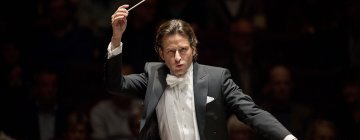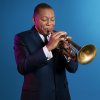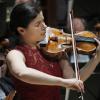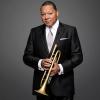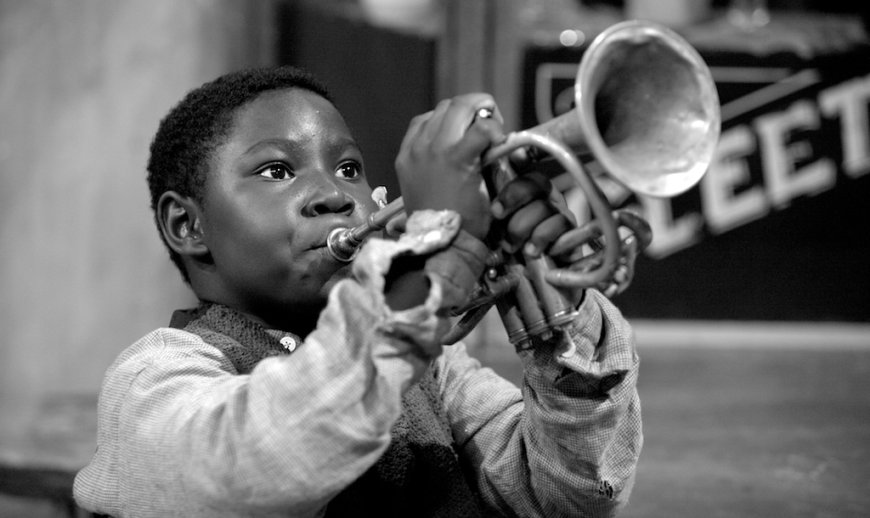
Jazz history will come to life in the Bay Area and Los Angeles when the black-and-white silent film Louis is paired with a live musical score by famed trumpeter Wynton Marsalis.
The 2010 feature by director Dan Pritzker imagines the early life of pioneering trumpeter and vocalist Louis Armstrong and boasts such acting talent as Anthony Mackie (Captain America: Brave New World) and Jackie Earle Haley (2009’s Watchmen).
But Marsalis is the main attraction of an upcoming West Coast concert tour of the film, which kicks off this month. It makes a stop at the Paramount Theatre in Oakland on May 24, presented by SFJAZZ. Bay Area fans can also catch it the following night at Santa Rosa’s Luther Burbank Center for the Arts, while L.A. area audiences can head to Orange County’s Irvine Barclay Theatre on May 20.
Marsalis and an 11-piece band plan to perform his original music plus a few jazz standards, while classical pianist Cecile Licad has been tapped to play solo works by 19th-century American virtuoso Louis Moreau Gottschalk.
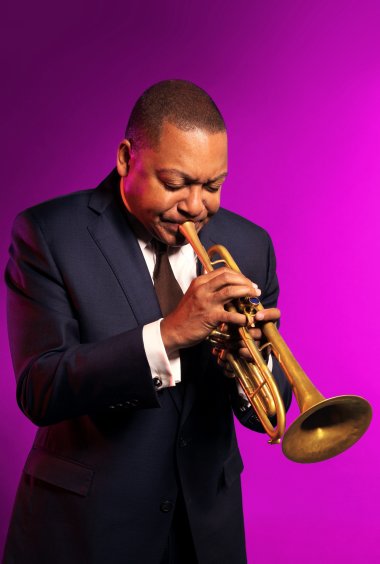
It’s a full-circle moment for Pritzker’s Louis to land up in concert.
“In the 1990s, I took my mom to see City Lights, (Charlie) Chaplin’s movie, with the Chicago Symphony playing the score, and it just blew me away,” recalled the filmmaker, who grew up in Chicago and is an heir of the Pritzker family, known for their ownership of Hyatt Hotels. “I had seen silent films and always liked them, but I was not a buff.
“So I decided I was going to do this the right way. I wrote (a) script based on the story of a boy in New Orleans in the early 1900s who wants to play trumpet, and then I started really watching silent films, maybe two or three a day, for years.”
A Marin County resident for more than two decades, Pritzker first made his mark on popular culture as leader of the 1990s alternative rock and soul band Sonia Dada. But it was his deep knowledge of Armstrong and another seminal horn player, Buddy Bolden, that impressed Marsalis. This expertise was key to the director successfully recruiting Marsalis in 2005 over a seafood dinner in New York to score Louis and also Bolden, a more traditional color feature that was filmed concurrently but not released until 2019.
“It’s the only time I’ve ever met with a person who wasn’t a historian who had that level of understanding,” Marsalis told SF Classical Voice by phone from his home in New York City, where he serves as managing and artistic director of Jazz at Lincoln Center.
Soon after that dinner, Marsalis delved into the meticulous process for putting together the Louis score.
“All of it is composed — even ‘improvised’ parts,” he said in explaining how the project is uniquely "through-composed," meaning every note of it is written.
He added that for the live performances, Andy Faber, a frequent collaborator with the Jazz at Lincoln Center Orchestra, conducts to a click track.
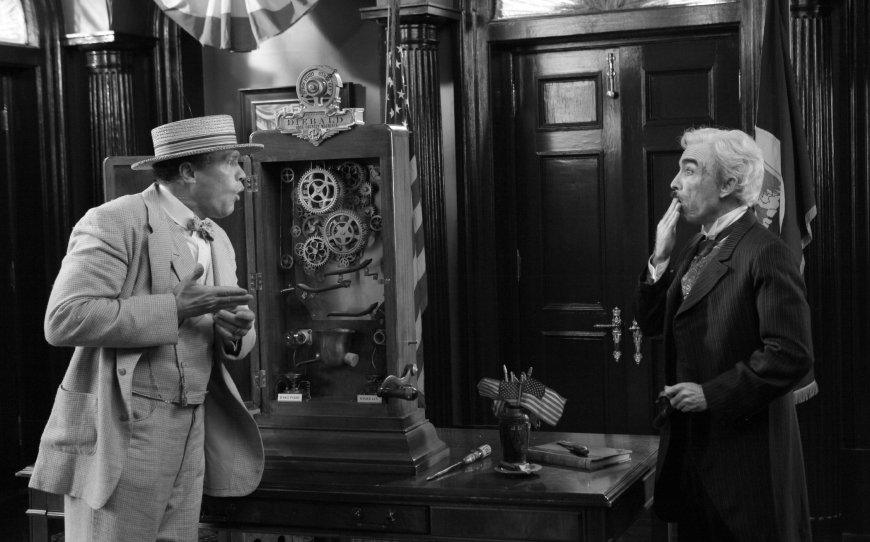
JLCO mainstays like alto saxophonist Alexa Tarantino and bassist Carlos Henrique, as well as other notables like baritone saxophonist James Carter and drummer Jason Marsalis, the trumpeter’s youngest brother, are among the 11 members of the live ensemble.
Licad anchors the other end of the score. Born in Manila, Philippines, and trained at Philadelphia’s Curtis Institute of Music, she was introduced to the works of New Orleans native Gottschalk in 2000.
“He was snubbed a lot by East Coast people, who didn’t take him seriously at the time, but he was just so incredible,” she said by phone from her Manhattan home.
That admiration comes through in Licad’s performances, according to Pritzker.
“As I was researching Gottschalk, arguably the first American piano virtuoso, I started listening to current players of his music,” he said. “I thought Cecile was the best person playing that material.”
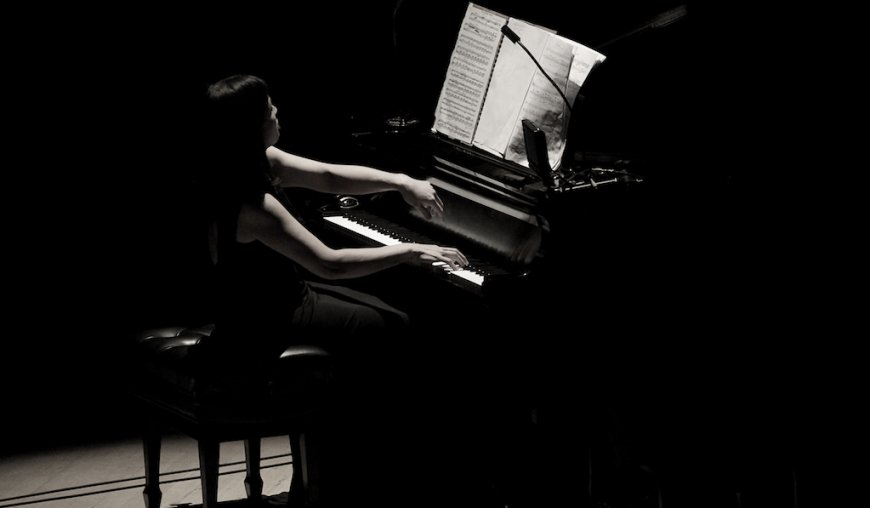
That lasting impression had everything to do with Licad hitting on the right interpretation. “She’s also Chopin-esque, like he was,” Pritzker said, referencing Frédéric Chopin, the Romantic-era composer and pianist. “Other players were playing it more in a Scott Joplin style with no dynamics.”
While Licad had never embarked on such a project, her grand-uncle, Francisco Buencamino, was a pianist who wrote scores for Filipino silent films, so she said there was a feeling of familiarity. But when she joined the team in the mid-2000s, she was wholly unaware she’d also be collaborating with Marsalis.
As it turned out, Licad and Marsalis weren’t exactly strangers.
“Cecile and I were signed to CBS Masterworks around the same time in the early 1980s, when we were in our late teens, early 20s,” the trumpeter revealed.
“We went to a concert together to hear (conductor) Claudio Abbado, and we ate dinner together with Claudio, too,” Licad added. “Wynton was wearing this really shiny suit, and I’d never seen anyone so young and so confident. I was very shy socially — very much the opposite.”
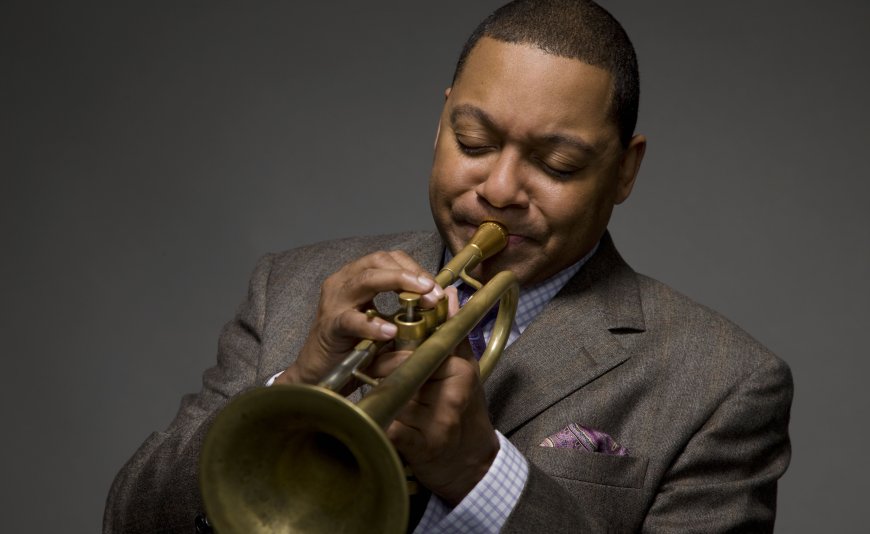
Since then, Marsalis’s projects, from quartets to a big band, have left an indelible mark on generations of musicians and educators. And with initiatives like Lincoln Center’s WeBop program, which introduces children as young as 8 months to the art form, he has particularly become a defining voice for jazz education and advocacy.
Yet, even with an accomplished career spanning more than 40 years, the Grammy Award-winning trumpeter is keenly aware of the opportunities that remain.
“There’s more types of gravity than physical,” he reflected. “And you just start to understand what can be done with the amount of time you have.”
This understanding fuels his creative drive. In addition to his early compositional career writing pieces firmly rooted in jazz forms, Marsalis’s output in recent decades has extended to the classical world. His new Concerto for Orchestra is slated to receive its U.S. premiere from the Los Angeles Philharmonic at the Hollywood Bowl in September. He’s also currently working on a cello concerto and his Fifth Symphony.
“That’s the fun of being in a field like music, where you don’t time-out,” the 63-year-old said. “If you’re an athlete, at a certain point you can’t play anymore. But in music, you can play.”
This story was first published in Datebook in partnership with the San Francisco Chronicle.
